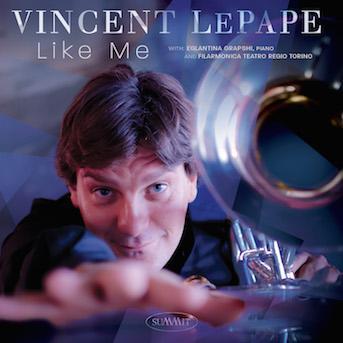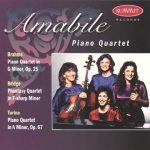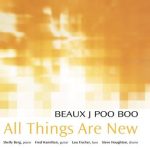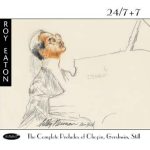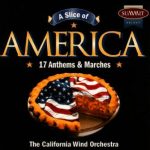Description
A journey through the many faces of the trombone
“From the calm and religious emphasis to the clamor wild orgy”, expressed by Hector Berlioz about the great potential of the trombone. Late medieval instrument, the trombone is use for the first time in Orfeo by Monteverdi that requires five different types. With the evolution of technology the trombone takes on features and quality sound different; early nineteenth century Beethoven appreciates the stamp and places it on the staff of the fifth, sixth and ninth symphony. It will be with the great composers of the full German Romanticism that this instrument will know the maximum attention: Brahms, Wagner, Strauss, Bruckner and Mahler wrote memorable steps for the instrument. The program on this CD allows you to find the possibilities and the character of this noble instrument, in a path from Romanticism to the present day.
Robert Schumann (1810-1856) embodies with his aesthetic, his character, and the events of his life, contrasting two souls, two souls struggling that, ultimately, are the quintessence of Romanticism. The ardor and melancholy, inherent in the human soul, in him shone with full colors that poured into his scores. In December 1849 he wrote three Romances for oboe and piano, here etched in transcription for trombone; “Fruchtbare das Jahr”, the fruitful year, says Schumann of that period so full of creativity. Featuring a dreamy lyricism, these three romances exposes the high melodic inspiration to which Schumann knew reach. The three pieces are, in fact, three lieder designed for solo instrument and piano which communicates, discusses, accompanies and completes the melodic line of the trombone. Rich and flexible instrument, the trombone revealed in these pages expressive nuances ranging from melancholy to torment, until you get to the final contemplation of the last romance.



